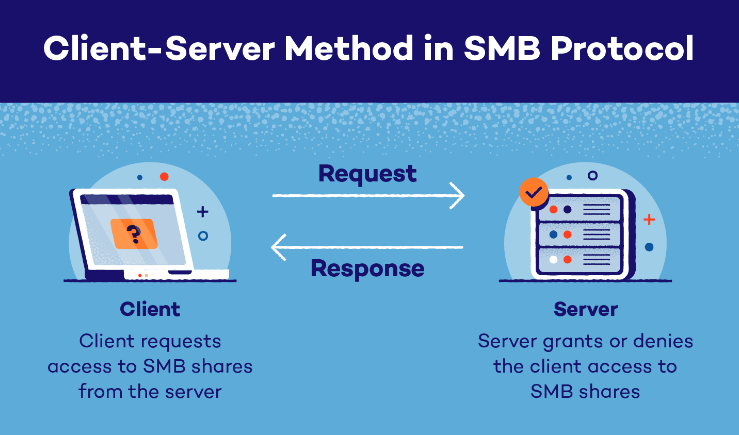Server Message Block Protocol (SMB) and Its Strategic Use
 Jake Paul
Jake Paul
In the realm of networking, the Server Message Block Protocol, commonly known as SMB, stands as a pivotal player, shaping the way data is shared and accessed across networks. This article delves deep into the intricacies of SMB, unraveling its significance and exploring the strategic applications that set it apart.
The Backbone of Network Communication
SMB, developed by Microsoft, serves as the backbone of network communication, facilitating seamless file and printer sharing between devices. This protocol plays a fundamental role in enabling users to access resources, fostering a collaborative and interconnected digital environment.
Unpacking SMB Versions: Evolution in Action
SMB1: The Pioneer
The evolutionary journey of SMB begins with version 1.0, laying the foundation for file sharing in early Windows environments. However, its vulnerabilities became apparent over time, necessitating advancements to enhance security and efficiency.
SMB2: A Leap Forward
With the introduction of SMB2, Microsoft addressed the shortcomings of its predecessor. This version brought about significant improvements in performance, resilience, and security, setting a new standard for network protocols.
SMB3: Redefining Possibilities
As technology marched forward, so did SMB. Version 3.0 emerged as a game-changer, introducing features like encryption and multichannel capabilities. This robust protocol elevated network communication to unprecedented levels of speed, reliability, and security.
Strategic Deployment of SMB in Modern Environments
Streamlining File Sharing: Boosting Efficiency
In today's dynamic business landscape, efficient file sharing is paramount. SMB emerges as a powerful ally, streamlining the exchange of data across networks. Its enhanced versions provide a secure and rapid conduit for sharing files, contributing to heightened productivity.
Network Resource Access: Facilitating Collaboration
The collaborative ethos of contemporary workplaces relies heavily on smooth access to shared resources. Leveraging SMB, organizations empower their workforce to collaborate seamlessly, ensuring the free flow of information and fostering a culture of teamwork.
Security Measures: Safeguarding the Digital Realm
In an era marked by cyber threats, securing data is non-negotiable. SMB, particularly in its later iterations, implements robust security measures, including encryption and authentication protocols. This fortification shields networks from unauthorized access and data breaches.
SMB in Action: Real-world Applications
Enterprise File Sharing: Empowering Businesses
Large enterprises with sprawling networks benefit immensely from SMB, using it as a cornerstone for their file-sharing infrastructure. The protocol's efficiency and scalability make it an indispensable tool for organizations managing vast repositories of data.
Cross-Platform Integration: Bridging Diverse Ecosystems
SMB acts as a unifying force, facilitating seamless integration across diverse platforms. Whether it's Windows, Linux, or macOS, this protocol bridges the gaps, enabling heterogeneous environments to communicate harmoniously.
The Future of SMB: Continuing Innovation
As technology evolves, so does SMB. The future promises further innovations, with Microsoft and the broader tech community continually enhancing the protocol to meet the evolving demands of modern networking.
Conclusion: Harnessing the Potential of SMB for Optimal Network Performance
In conclusion, the Server Message Block Protocol is a linchpin in the world of networking, evolving over the years to meet the ever-growing demands of digital collaboration. Understanding its nuances and strategic deployment can significantly enhance network efficiency, security, and collaborative capabilities.
Subscribe to my newsletter
Read articles from Jake Paul directly inside your inbox. Subscribe to the newsletter, and don't miss out.
Written by

Jake Paul
Jake Paul
I am a technical content writer with experience in sales and marketing.